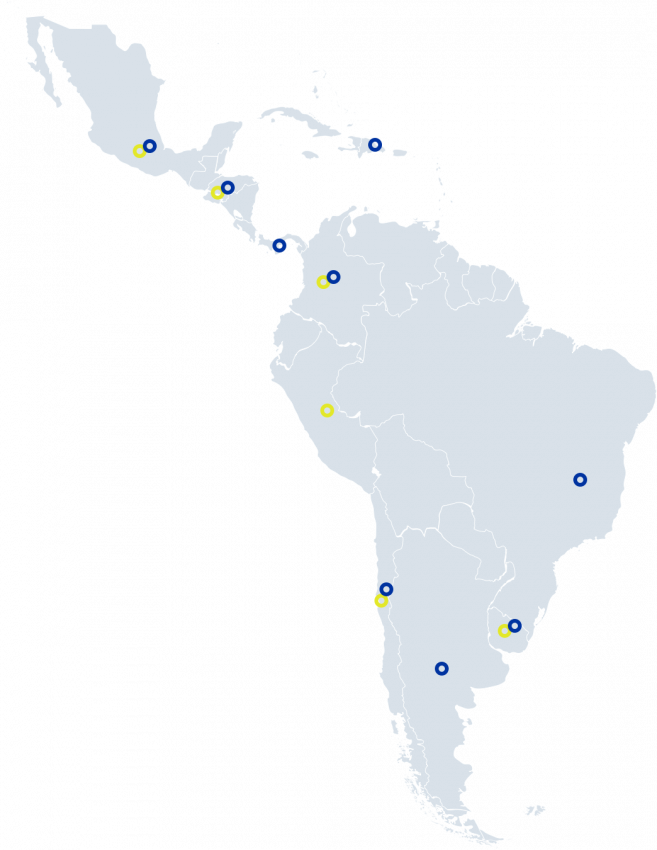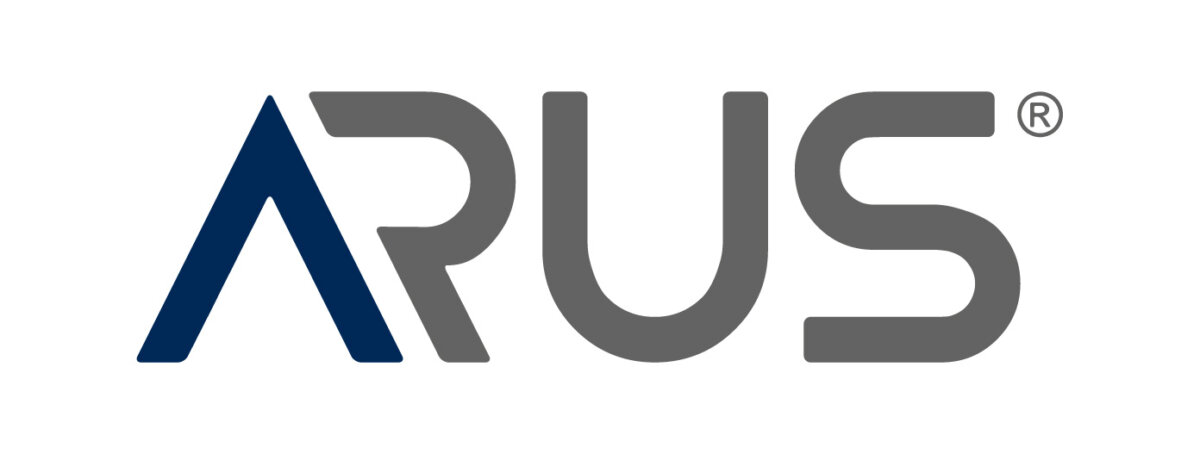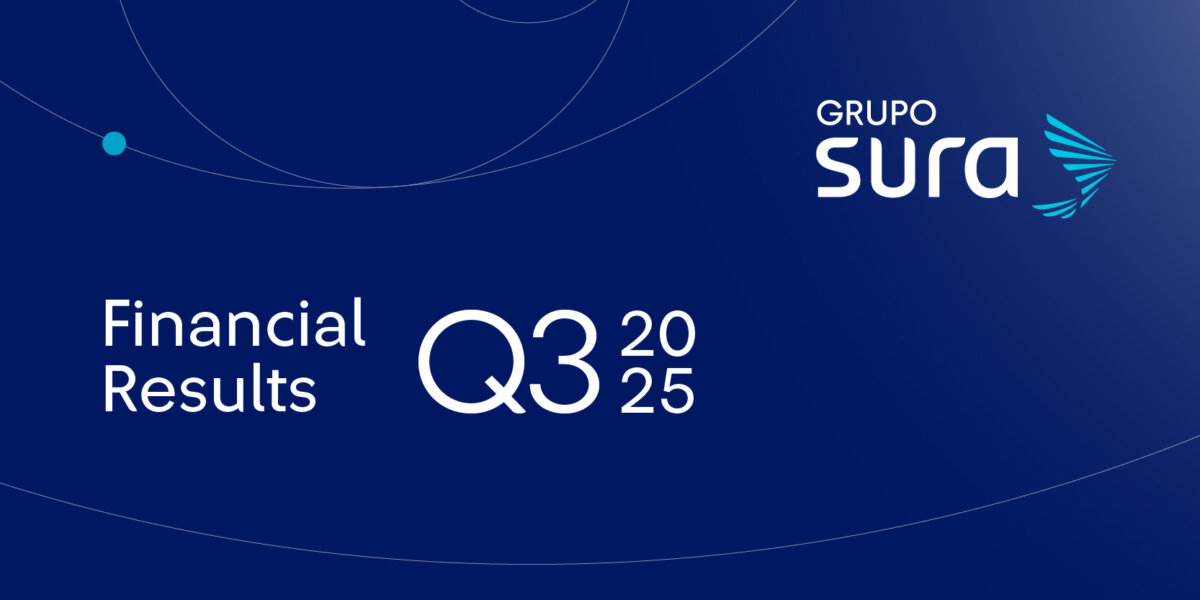By Valora Analitik for Grupo SURA*
The initiative to create the Pacific Alliance was born in April 2011 to implement a regional integration system aimed to lower economic and regulatory barriers and to increase commercial and stock market activities among member countries.
The original Pacific Alliance group consisted of Chile, Peru and Colombia. Later, Mexico joined the initiative and Costa Rica, Ecuador, Guatemala and Panama are currently in the process of becoming members. There are currently 55 countries acting as observers.
Together, the four members represent the fourth largest economy in the world (3.5% of the GDP), the second largest economy in Latin America and the Caribbean (36% of the GDP) and 35% of the population in the region (225 million people).
To move forward with the financial integration the Latin American Integrated Market – LAIM – was established in May 2011. Its main objective is to increase opportunities for investors and intermediaries in Chile, Colombia and Peru. As of that year, they are able to buy and sell stock in the three stock markets through a local intermediary. Mexico joined the group later.
On paper, the LIAM will bring an increased number of investors to all the stock markets in the member countries and, therefore, more issuers will be needed. This leads to greater capital flows and increased liquidity. In spite of these goals established since the dawn of the LIAM, in practice, the achievements and progress have not achieved the proposed objectives.
Regulation: A Priority Issue
As of April 2019, the LIAM had stock capital for a little over USD 991,000 million. The monthly trade volume in the LIAM has been US$16.000 million, on average, and the Chilean and Mexican markets are the most attractive for investors.
In spite of these figures, experts believe that there is a lot to be done in regulatory matters for LIAM to operate in the best way possible.
“One thing is that it can be done, and another is to actually see the money invested in projects in the countries. It depends on what the investors are looking for and the terms offered by each government”, said the president of the Colombian Stock Exchange (Bolsa de Valores de Colombia), Juan Pablo Córdoba. He added that if this country does not change its regulations to become more competitive, investors will choose other markets for their investments.
In turn, the director of the Colombia’s Financial Regulation Unit (Unidad de Regulación Financiera - URF), Felipe Lega, says that the biggest problem with LAIM is that it currently lacks a common regulatory framework.
“It is necessary to identify the main differences and look for alternatives to optimize this integration,” said Lega. He stated that his objective for this year is to identify the barriers which, so far, have prevented the flow of capital among the four countries.
In this respect, the Manager of the Santiago Stock Exchange, José Antonio Martínez, indicated that any progress in regulatory matters will bring benefits for the region.
“Because of LAIM’s current role in achieving the objectives established by the Pacific Alliance, we will continue to emphasize achieving all its objectives since continuing to encourage joint work can be a very good sign for moving forward with the development of standards and regulations, which is the next step for moving forward and consolidate the integration”, said Martínez.
Another challenge in this projects has to do with the performance of the currency in each market.
“The biggest concern for investors is related to the currency because LIAM’s operations are carried out in local terms, depending on where the stock is domiciled.” Said the Income and Investments Director de SURA Investment Management, Felipe Asenjo Wilkins.
On the Tax Front
On the other hand, some of the challenges mentioned by Lega and Córdoba go hand-in-hand with each country’s tax policy. For the integration to be successful, both believe that it is necessary to move forward with the coordination and homogenization of the tax policies.
“We are working to identify those other existing barriers, that are still pending and have prevented the flow of capital among members from being as high as we hope,” said Lega.
Wilkins emphasized that there progress has been made in this area. For instance, Peru and Colombia converged on the Chilean calculation standard and “…there have been efforts to facilitate the homogenization of stock market regulations that will enable the stock market activity to develop”.
A Hub for Investment in the Region
The Pacific Alliance also involves initiatives to promote financial integration in the pensions industry, to secure changes in the regulations for overseas investment of pension funds from the member countries and thus facilitate intra-regional investment.
On this matter, General Manager of the Santiago de Chile Stock Exchange, José Antonio Martínez, said that the ILAM is now recognized as an investment hub in Latin America.
“During its eight years of operation, the ILAM has positioned itself as an integration platform in which the ease of access, the visibility of negotiations, and the availability of information has facilitated the entry of new local and foreign investors. Thus, it has promoted liquidity and the creation of higher flows towards the region,” explained Martínez.
In sum, the Pacific Alliance is moving forward to define the necessary regulation to bring greater economic benefits to its member countries, and position the bloc as a benchmark for financial integration.
*This article was prepared by the Valora Analitik Group for Grupo SURA. Contents are journalistic in nature and do not represent specific positions or recommendations by our organization.










